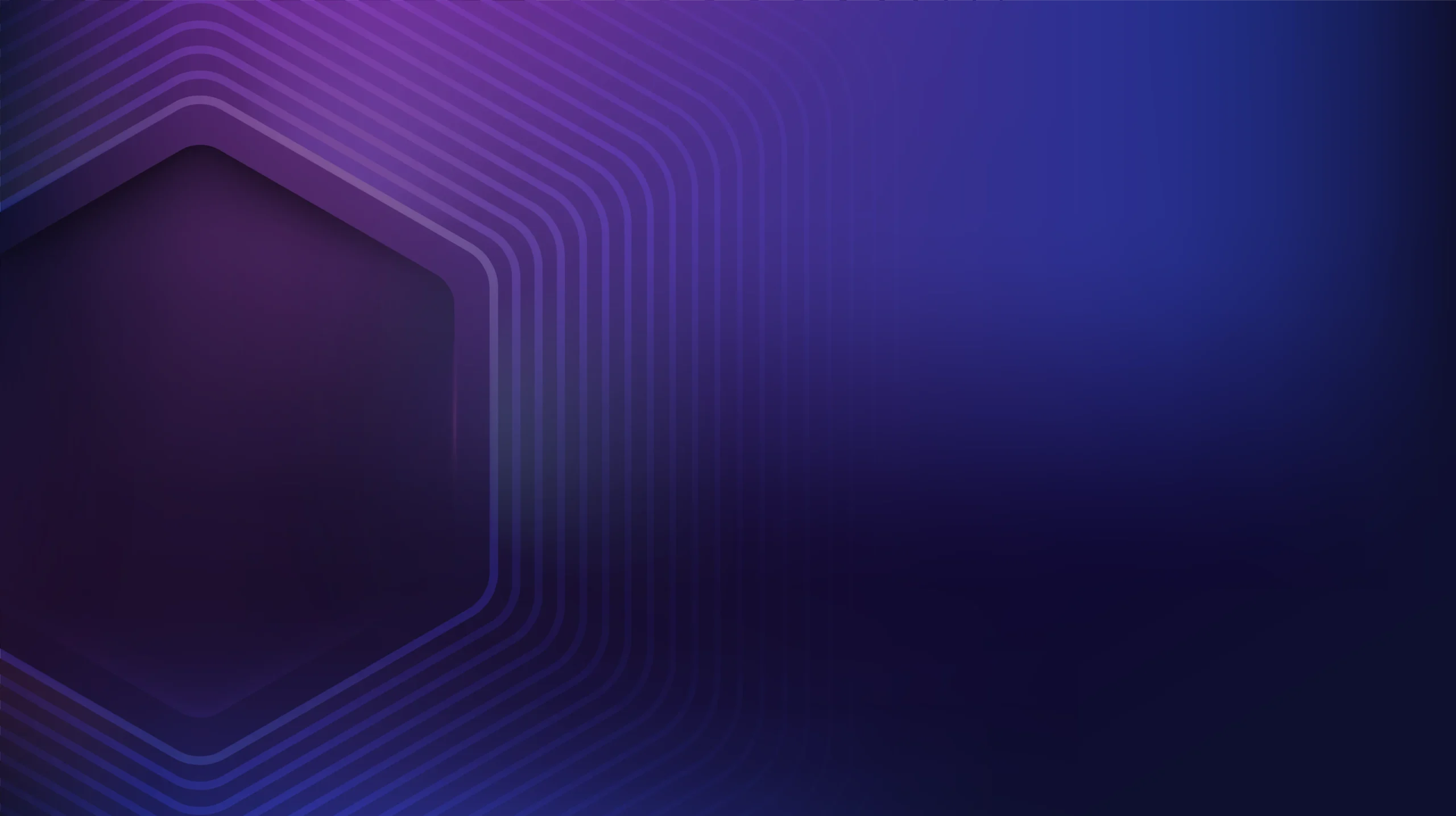
Our Latest Resources
Explore our cybersecurity white papers, data sheets, webinars, videos and more.
-
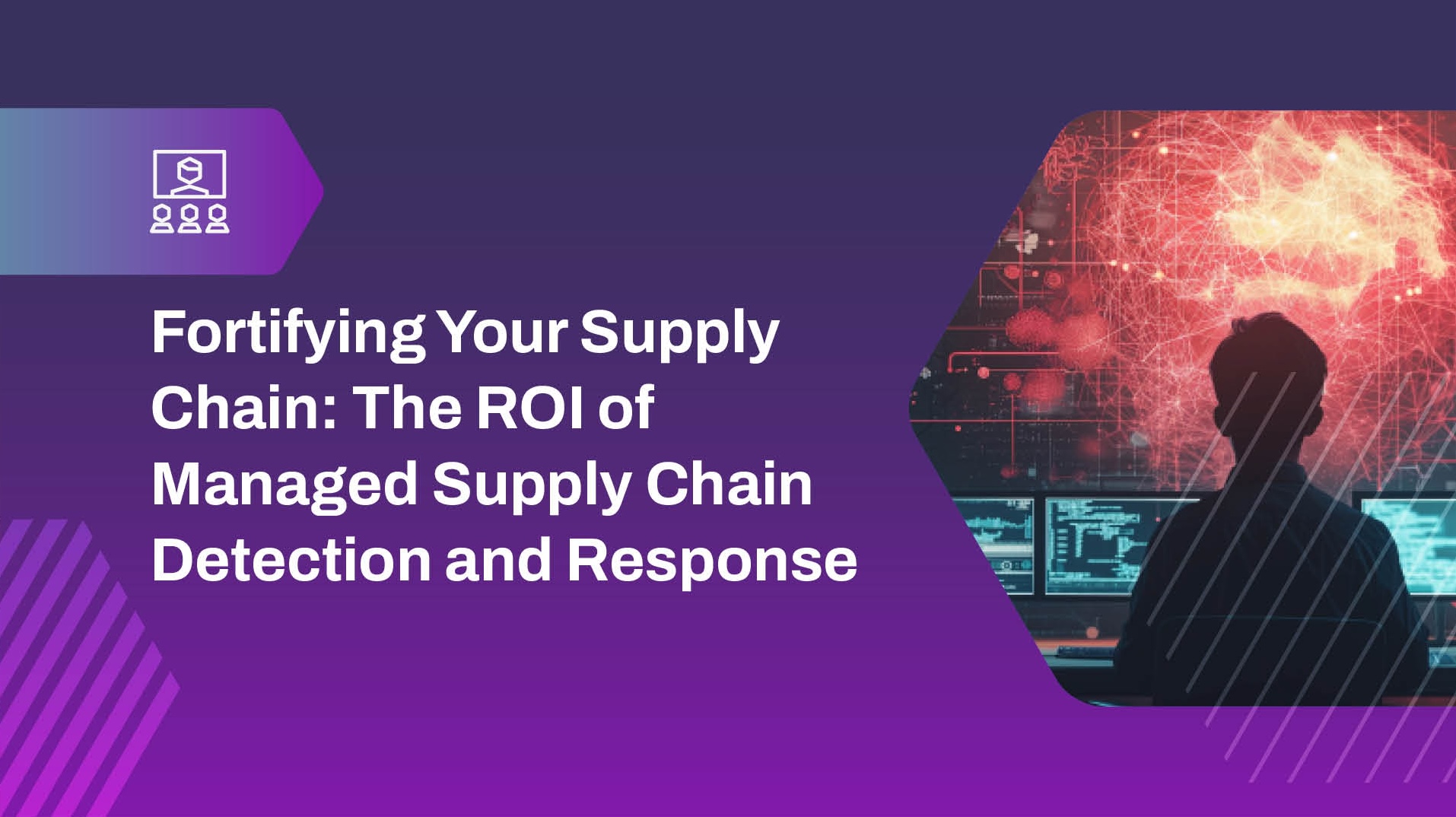 Webinar
WebinarFortifying Your Supply Chain: The ROI of Managed Supply Chain Detection and Response
June 18, 2025Join us to discover how a managed Supply Chain Detection and Response (SCDR) service, like SecurityScorecard MAX, transforms your approach to vendor risk.
More DetailsMAX, SCDR -
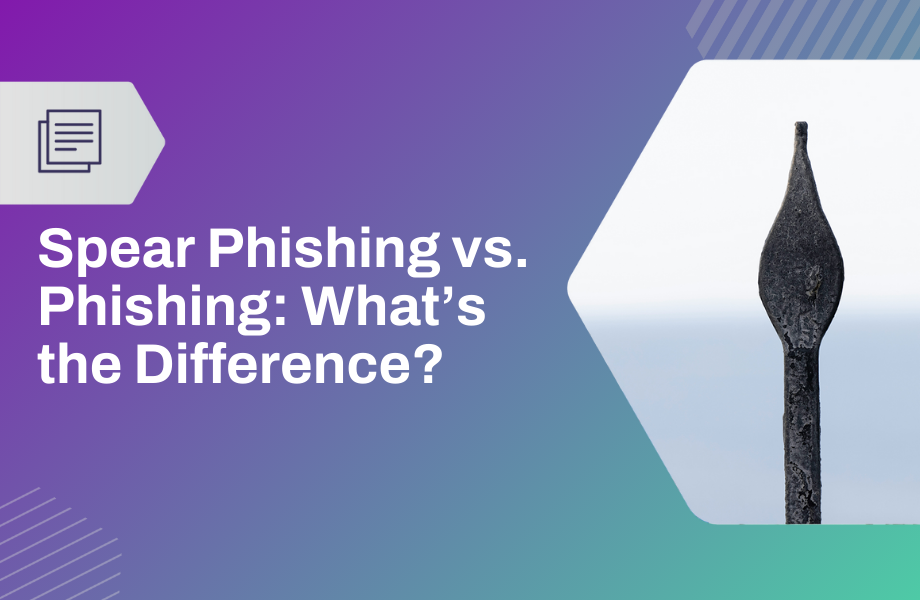 Learning Center
Learning CenterSpear Phishing vs. Phishing: What’s the Difference?
June 18, 2025Understand the difference between phishing and spear phishing, how attackers use each tactic, and what organizations can do to prevent credential theft and business compromise.
More DetailsPhishing, SCDR -
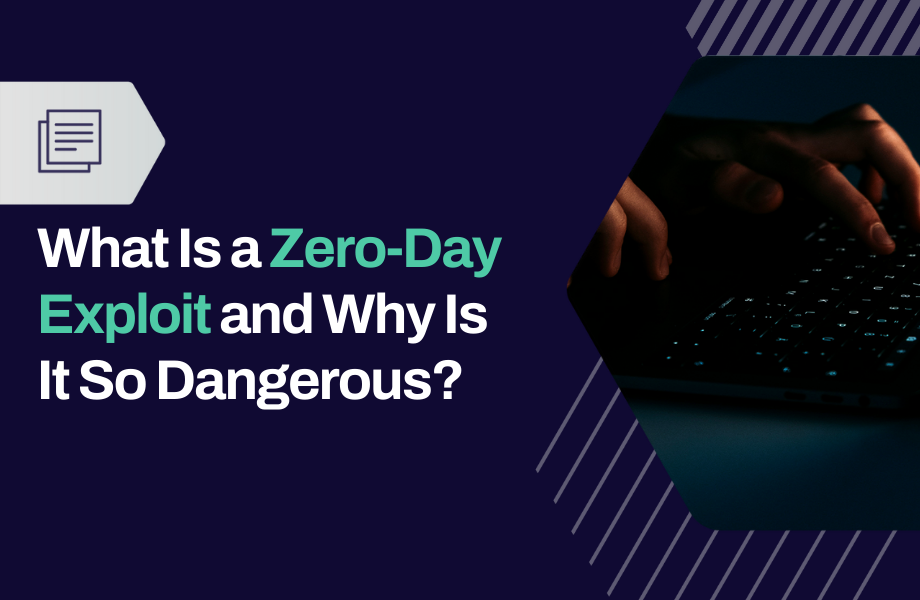 Learning Center
Learning CenterWhat Is a Zero-Day Exploit and Why Is It So Dangerous?
June 18, 2025Learn what a zero-day exploit is, why it poses such a severe risk, and how organizations can detect and mitigate zero-day attacks using proactive threat intelligence.
More Details -
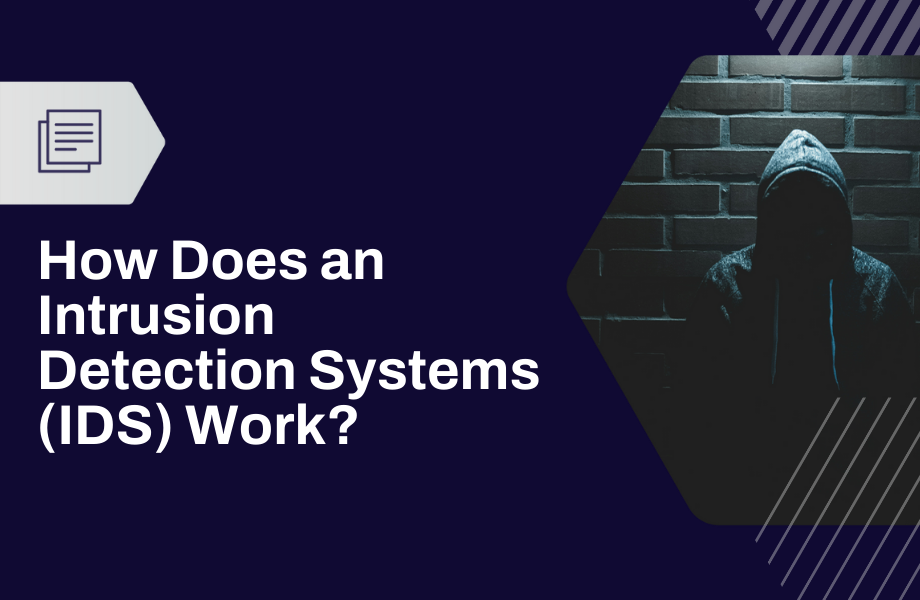 Learning Center
Learning CenterHow Does an Intrusion Detection System (IDS) Work?
June 17, 2025Intrusion Detection Systems (IDS) are a key component of threat detection. This blog explains how IDS works in 2025, explores its types and capabilities, and provides best practices for integrating it into enterprise security operations.
More Details -
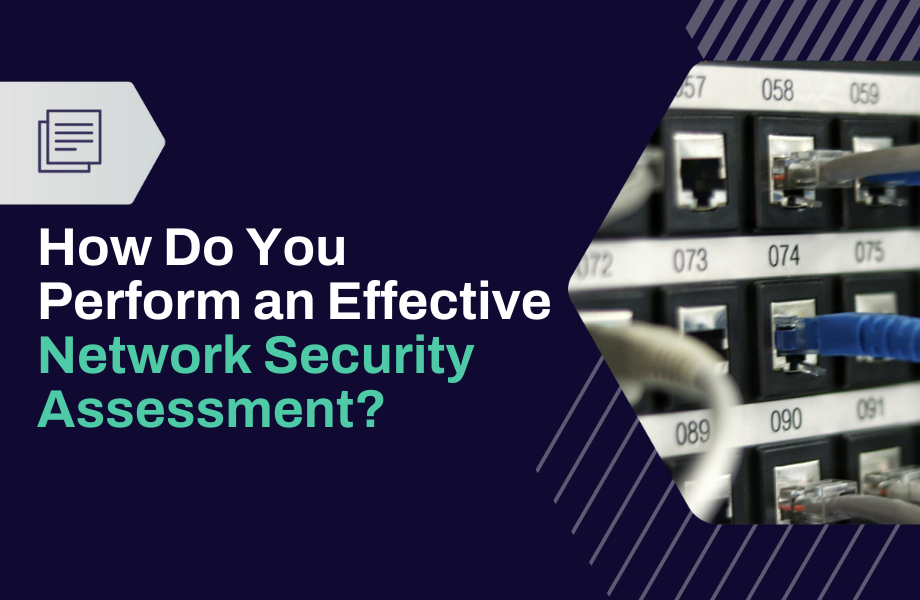 Learning Center
Learning CenterHow Do You Perform an Effective Network Security Assessment?
June 17, 2025Network security assessments are essential for identifying vulnerabilities, misconfigurations, and exposure points. This blog outlines how to conduct a thorough network assessment in 2025, with a focus on risk prioritization and third-party ecosystems.
More Details -
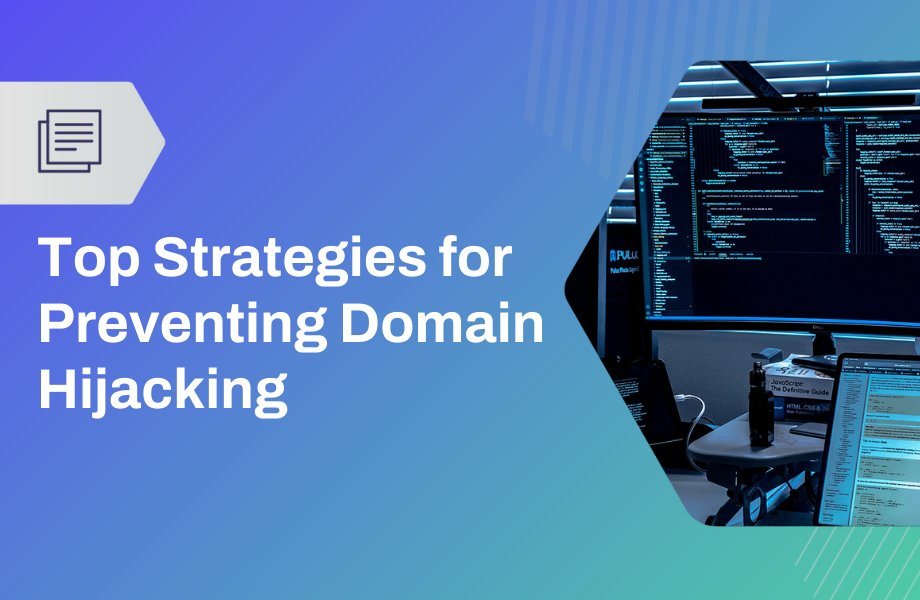 Learning Center
Learning CenterTop Strategies for Preventing Domain Hijacking
June 17, 2025Domain hijacking is a stealthy but devastating threat to enterprise brands. This blog explores how hijackers take over domains, key prevention strategies, and how to monitor domain risks across your supply chain in 2025.
More Details -
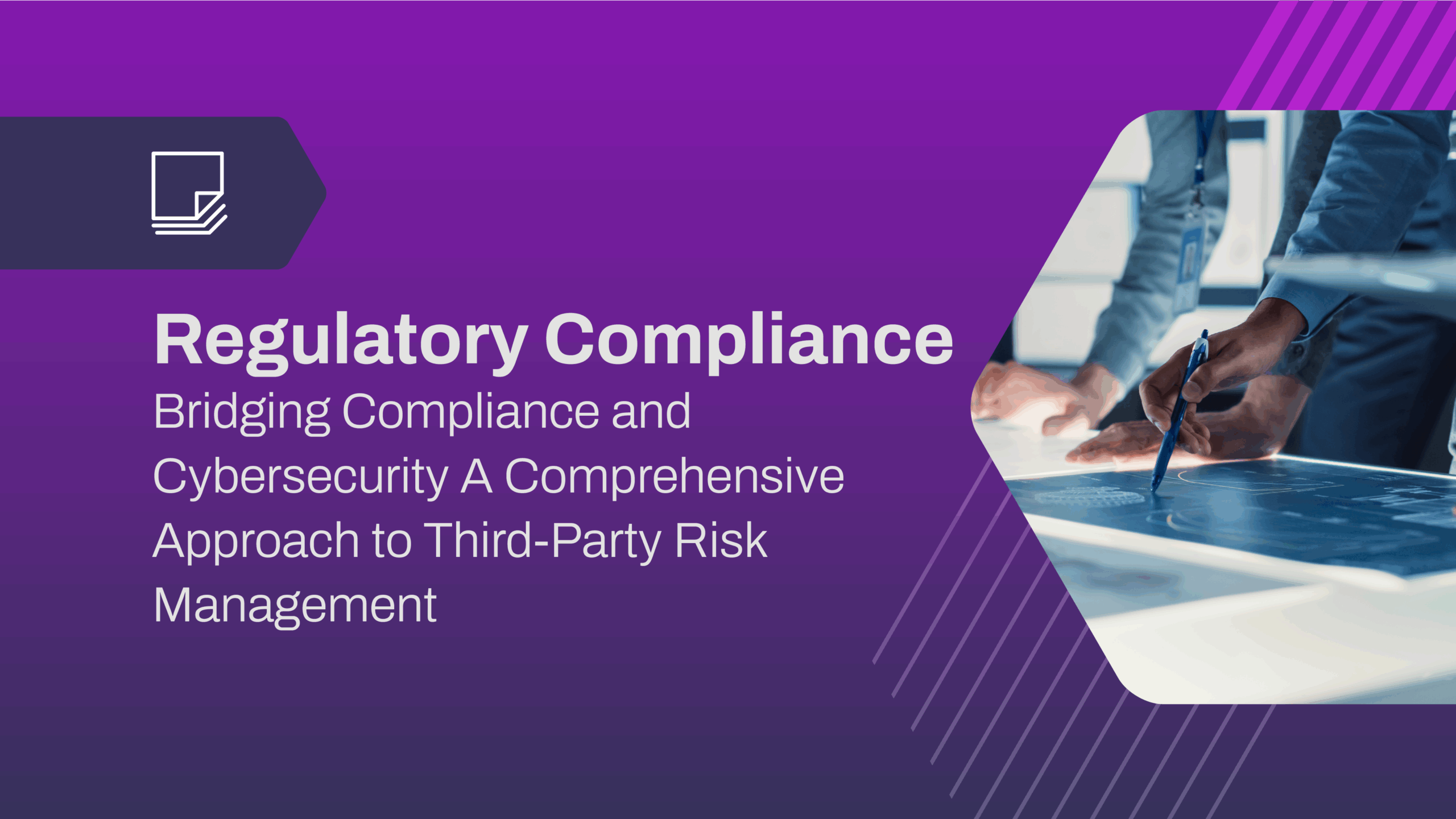 Resources, White Paper
Resources, White PaperRegulatory Compliance: Bridging Compliance and Cybersecurity A Comprehensive Approach to Third-Party Risk Management
June 16, 2025Organizations are under mounting pressure to improve their cybersecurity posture and keep pace with evolving regulations and an ever-expanding network of third-party suppliers in 2025. Government and oversight bodies continue to expand the scope and specificity of regulations aimed at safeguarding sensitive information and critical infrastructure. Yet despite significant focus and investment, many enterprises struggle to keep pace.
More Details -
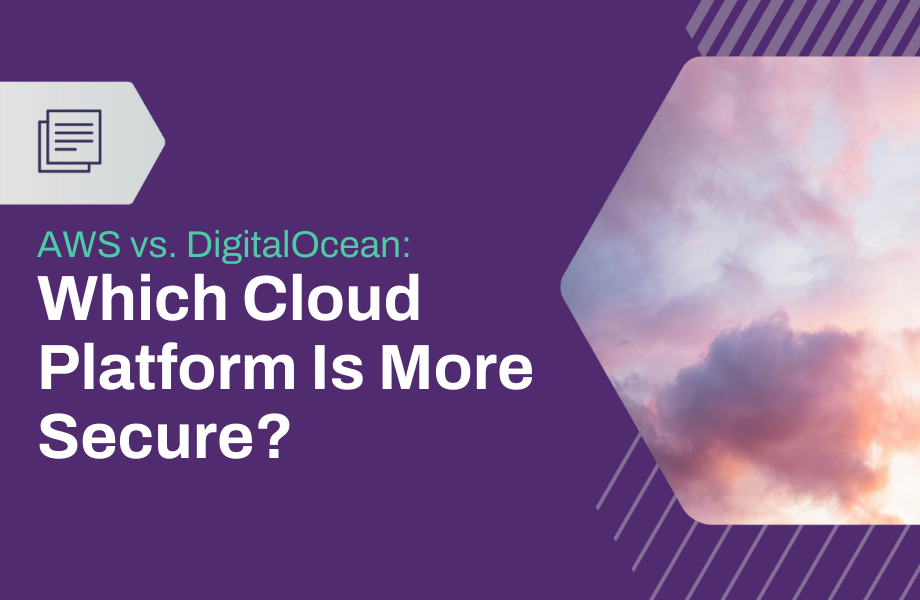 Learning Center
Learning CenterIAM in 2025: Identity and Access Management Best Practices
June 16, 2025Identity and Access Management (IAM) is foundational to cybersecurity in 2025. This blog covers the top IAM best practices for protecting credentials, enforcing least privilege, and reducing supply chain identity risk.
More Details -
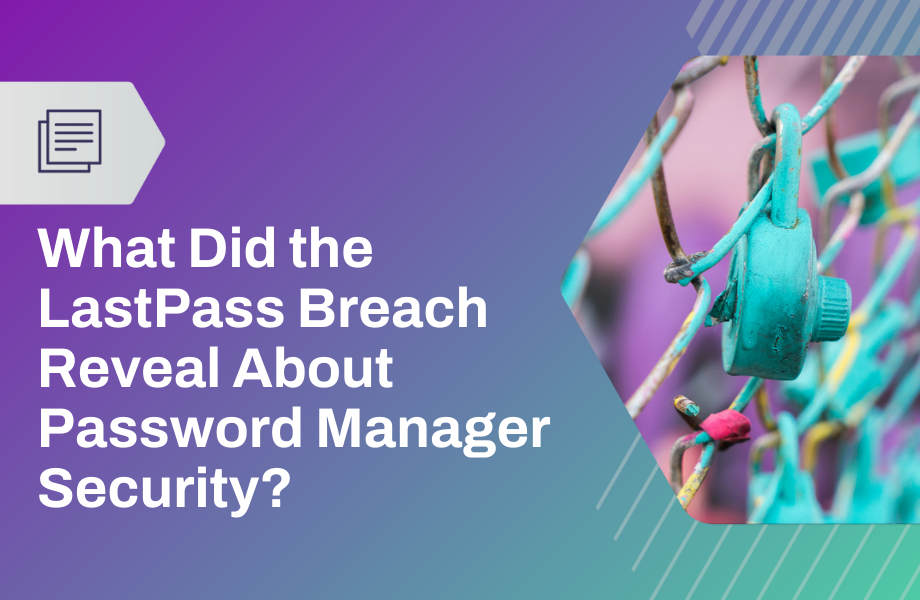 Learning Center
Learning CenterWhat Is a CVE and How Should You Prioritize Patch Management?
June 16, 2025CVE identifiers are essential for tracking known vulnerabilities. This blog breaks down what a CVE is, how it's used in cybersecurity, and how to prioritize patching based on threat intelligence and business impact in 2025.
More Details -
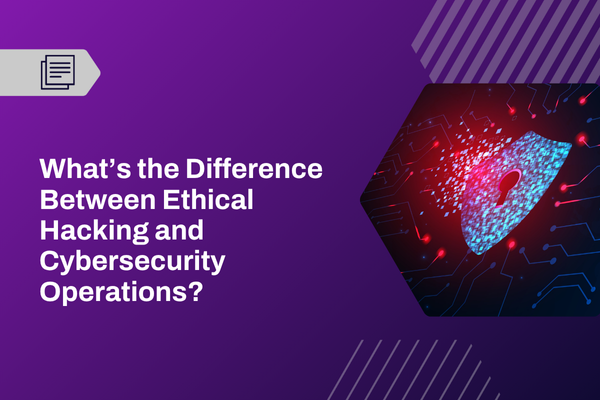 Learning Center
Learning CenterWhat’s the Difference Between Ethical Hacking and Cybersecurity Operations?
June 16, 2025Ethical hacking and cybersecurity operations serve different functions in defending digital assets. This blog breaks down their differences, overlap, and how modern organizations use both to build a resilient cyber strategy.
More Details -
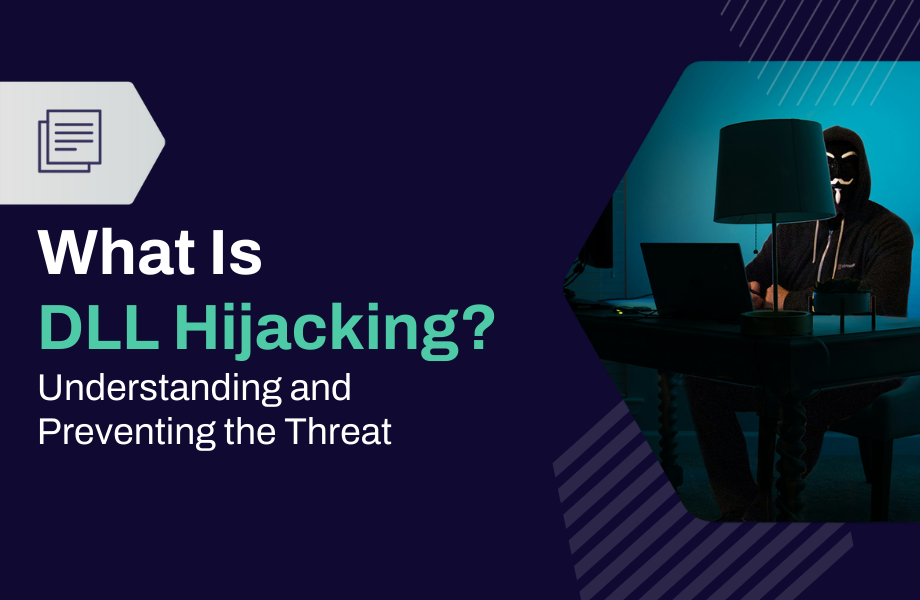 Learning Center
Learning CenterWhat Is DLL Hijacking? Understanding and Preventing the Threat
June 13, 2025DLL hijacking is a stealthy attack technique that exploits how Windows loads Dynamic Link Libraries. Learn how it works, what risks it poses, and how to prevent DLL hijacking in enterprise environments.
More Details -
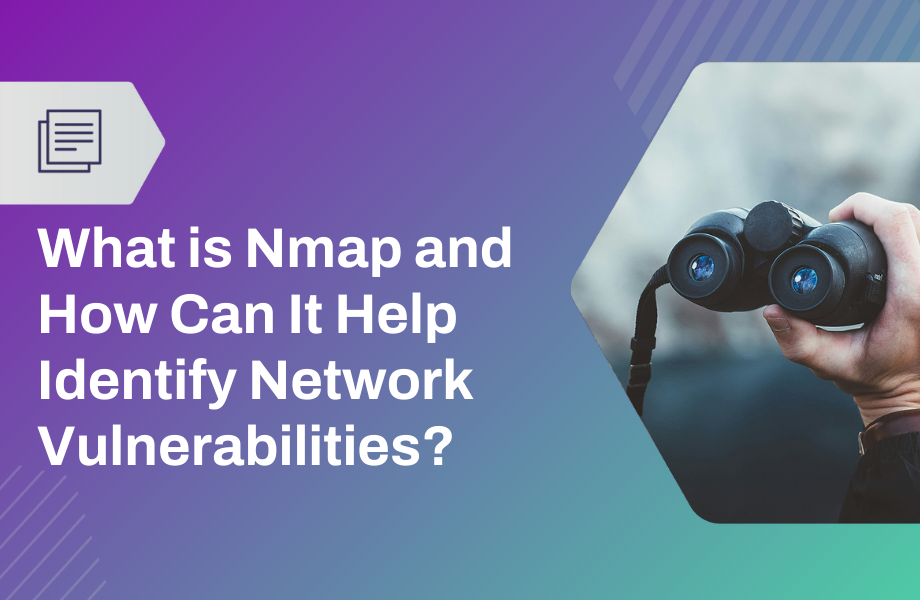 Learning Center
Learning CenterWhat Is Nmap and How Can It Help Identify Network Vulnerabilities?
June 12, 2025Nmap is a powerful open-source tool for network scanning and vulnerability detection. Learn how security teams use Nmap to discover hosts, assess risks, and strengthen cybersecurity postures.
More Details




